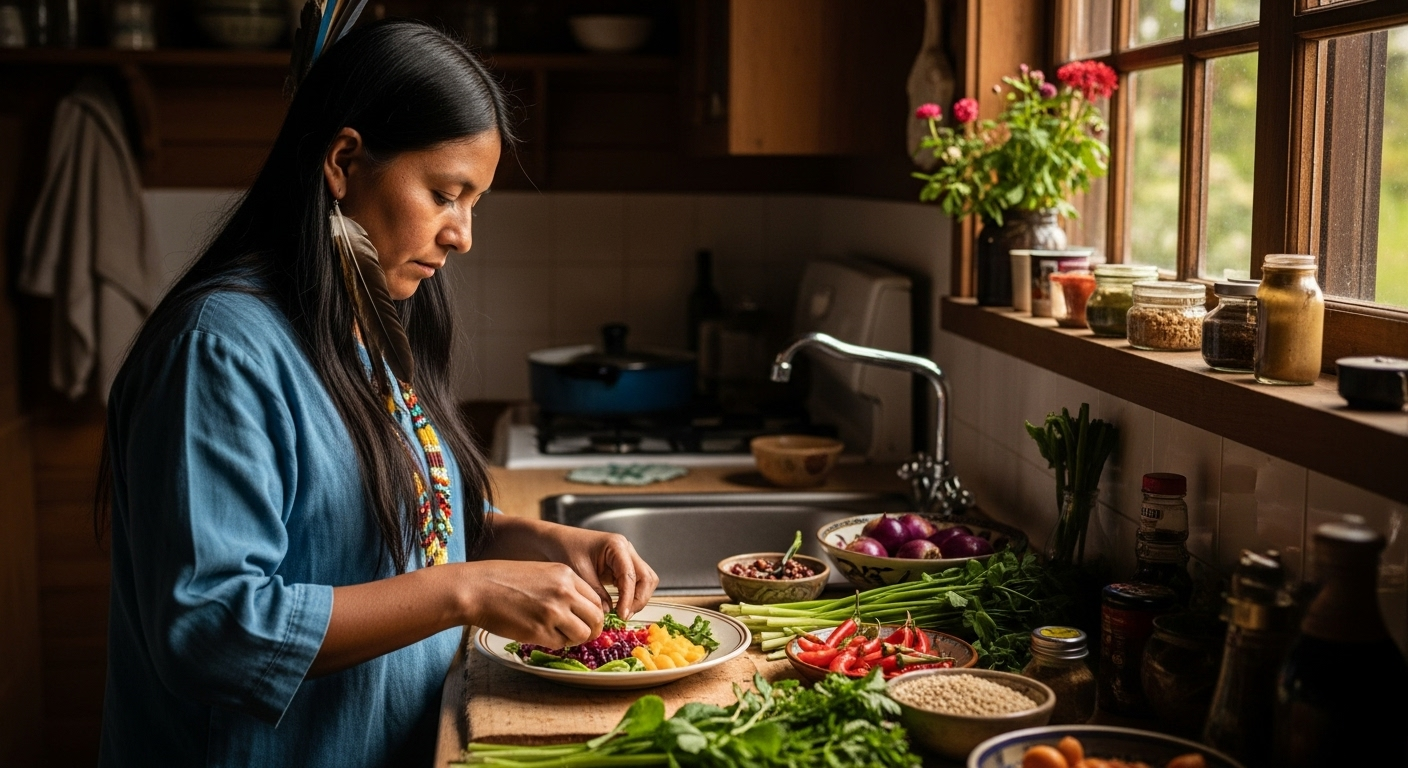Tapping Into the Resilience of Indigenous Cuisine
Indigenous cuisine, with its rich diversity and inherent sustainability, is an untapped treasure trove in the culinary world. This article delves into the heart of Indigenous gastronomy, uncovering the unique flavors, innovative methods, and profound respect for nature embedded in its culinary practices.

A Taste of Ancient Wisdom
Indigenous cuisine is a testament to centuries-old wisdom, passed down through generations. It offers a delightful array of flavors, from the tangy, fermented corn of the Americas to the hearty, root-vegetable stews of Oceania. But more than just an exotic palette, it reflects a deep understanding of the land and its resources.
Nature-Sustained Gastronomy
A striking feature of Indigenous cuisine is its inherent sustainability. Ingredients are locally foraged or farmed, ensuring minimal impact on the environment. This practice not only respects the land, but also results in fresh, nutrient-dense meals.
Culinary Innovations from Indigenous Kitchens
Indigenous cuisine is not static; it evolves, adapts, and innovates. Traditional cooking methods, such as the underground ovens of the Polynesians or the solar cooking of the Native Americans, are ingenious solutions that respect and utilize natural energy sources.
Indigenous Beverages: More than Quenching Thirst
Indigenous beverages are a fascinating study in themselves. From the potent Pulque of Mexico to the revitalizing Chaga tea of the Siberian tribes, these drinks often carry cultural significance and health benefits, making them an intriguing addition to any table.
The Future of Indigenous Cuisine
With increasing recognition of its value, Indigenous cuisine is poised to make a significant impact on the global culinary scene. It offers a fresh perspective on sustainable gastronomy, encourages diversity, and provides an opportunity to learn from ancient wisdom.
Some Tidbits about Indigenous Cuisine:
-
Indigenous cuisine promotes seasonal eating, which ensures optimal nutrient intake and supports local agriculture.
-
Many Indigenous dishes are naturally gluten-free and dairy-free, making them a good choice for people with dietary restrictions.
-
The practice of wild harvesting, a common practice in Indigenous cultures, promotes biodiversity.
In conclusion, Indigenous cuisine invites us on a journey of discovery, where we can explore a rich culinary heritage, savor unique flavors, and learn sustainable practices. It’s an exciting gastronomic adventure that respects the past, savors the present, and looks optimistically towards the future.





